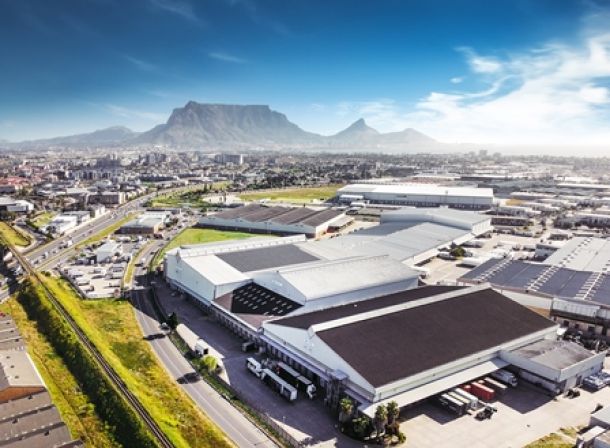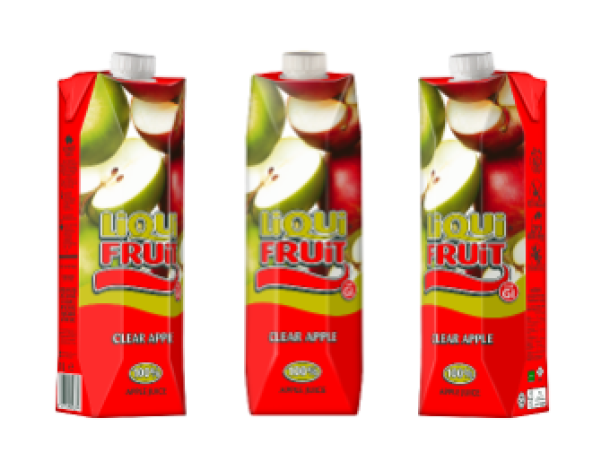South Africa’s new plugs and adapters – Here is what they look like
Rewireable plugs and adapters for South Africa’s new plug and socket standard are becoming more widely available, making it easier to adopt the ZA Plug.
Dubbed SANS 164–2 by the South African Bureau of Standards (SABS), the standard has the same hexagonal “diamond” profile as the Europlug commonly seen on cellphone chargers.
The ZA Plug, which is an implementation of an International Electrotechnical Commission standard, IEC 60906–1, allows for an earth pin that is slightly offset from the centre of the plug.
In 2013 the SABS declared that the ZA Plug is the “preferred configuration for new installations”. This was not picked up by the media until 2014, when it caused quite a stir as many people thought that they would have to replace the electrical sockets in their homes.
Since then, the SABS has declared the standard as mandatory for new installations and has introduced several other extensions and tweaks to the SANS 164 family of standards.
Among the changes was the introduction of standards for dedicated and partially-dedicated plugs and sockets for the ZA Plug.
Partially-dedicated plugs and sockets are referred to as “red power” and are used to indicate support for backup electricity supplies, such as generators.
They are defined as partially-dedicated because you can insert a partially-dedicated plug into a normal, non-dedicated socket, but not the other way around.
The SABS has also required that wall outlets be designed with one switch that toggles all of the sockets on it or one switch per socket. USB sockets must also be capable of being switched off or disconnected from the mains supply.
ZA Plug adapters
One of the hurdles to the adoption of the ZA Plug has been the relative lack of availability of rewireable plugs and adapters.
Appliances and other electronic goods are still sold in South Africa with the old triangular plugs attached. Adoption of the ZA Plug will continue to be slow until there is some assurance that people will be able to easily convert between the new standard and the old standard during this transition period.
Retailers like Builders Warehouse carry adapters that can convert from South Africa’s old plug standard to the new plug standard. They sell for between R40 and R50 each.
A photo of one of these adapters is shown below.

Rewireable ZA plugs
Retailers also sell rewireable ZA Plug tops. Builders Warehouse has them for between R25 and R45 each.
The plug tops are held together with a screw. Internally, they are much the same as South Africa’s old three-prong plugs, albeit in a more compact housing.
Each prong has a hole through which the live, neutral, or ground wires must be threaded, which are then held down by a screw.
The plugs we bought also had a plastic grip to hold the electrical cable securely in place after the individual wires have been connected.
Photos of these plug tops are shown below.


Related Articles

Clicks expands service delivery with the openin...

SPAR drives logistics innovation across distrib...

Futureproofing the supply chain in Sub-Saharan ...

Pioneer foods announces recall of certain 100% ...


